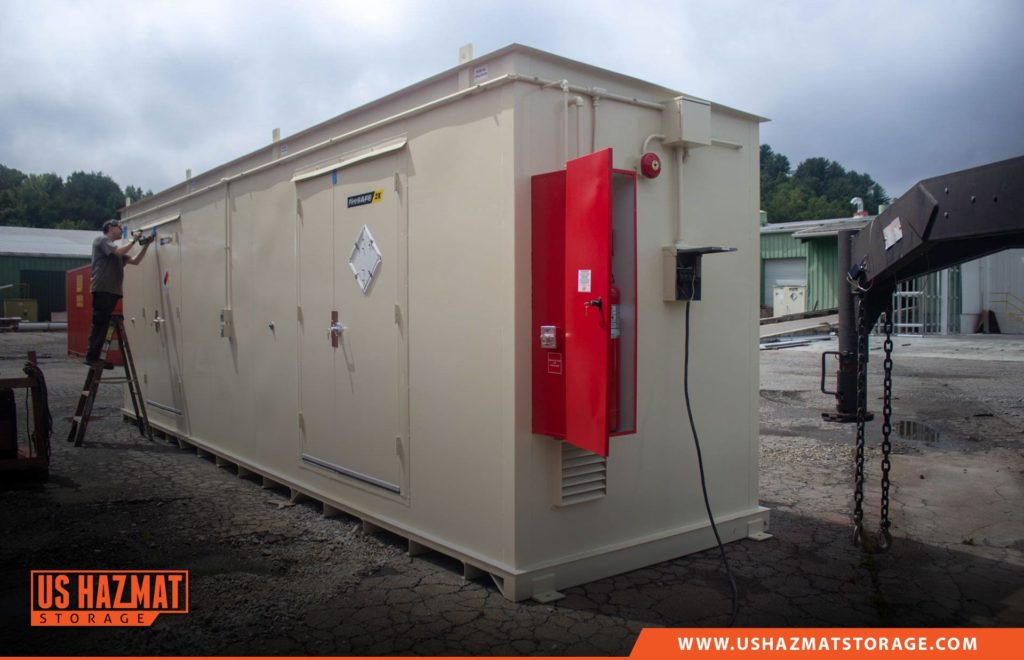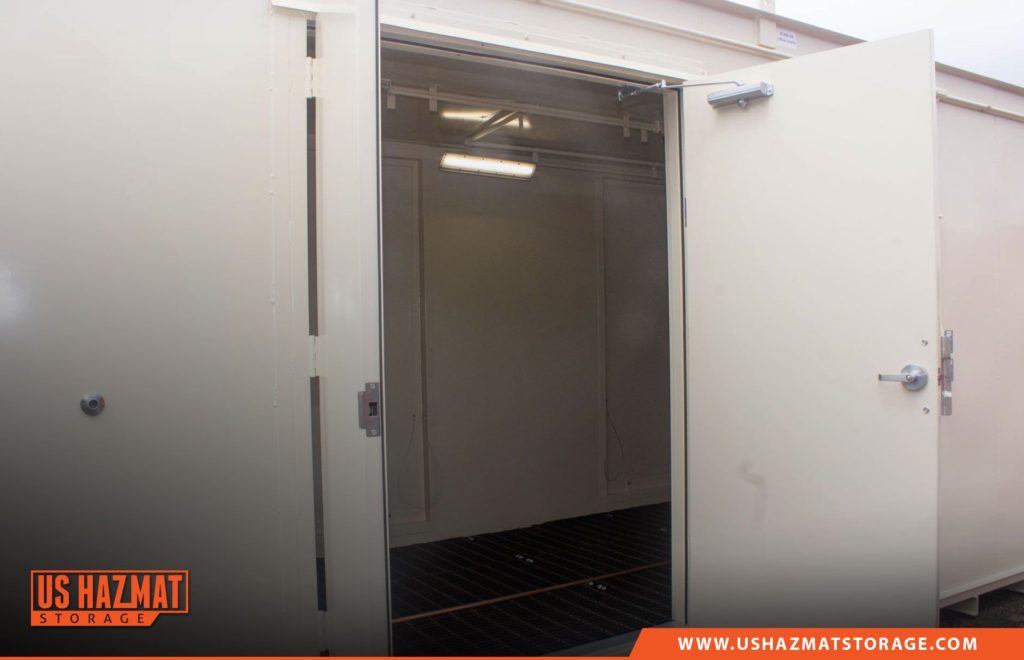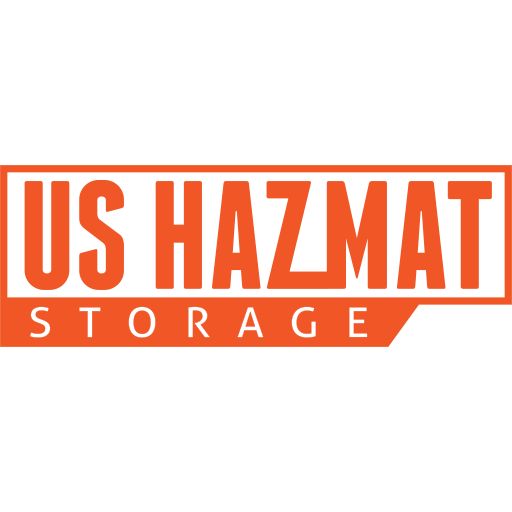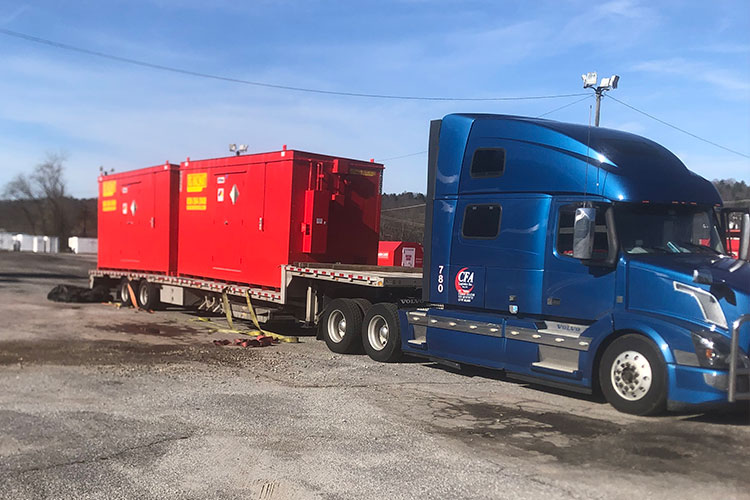Improper chemical storage is a precursor to tragedy. Almost daily, our news feeds are flooded by horrific fires and explosions – many of which could’ve undoubtedly been prevented. Unfortunately, negligence or an outright indifferent and careless attitude toward compliant chemical storage is a recurring theme. Even if these nefarious companies can somehow avoid the unthinkable, they cannot continue to operate without impunity for too long. Federal agencies, such as OSHA and EPA, are cracking down hard on companies that refuse to follow chemical storage guidelines.
Understanding the Different Classifications of Dangerous Chemicals

Since the dawn of civilization, humanity has relied on Mother Nature to provide the necessary building blocks and resources to construct the world around us. Following the Industrial Revolution, scientists were able to provide us with a bevy of new products and applications through chemical synthesis and derivatives. Suddenly, a whole new world of pharmaceuticals, cosmetics, cleaners and anything else that simplified our lives became available. Even the soft drinks and candy we enjoy were made possible through these new chemical discoveries. With these new chemicals and resources, however, came certain risks. Some of these chemicals are highly flammable and toxic by direct human exposure. When used correctly, this chemical cornucopia can give us a real sense of better living through chemistry. But when used improperly, disaster will almost certainly follow.
How Do We Know Which Chemicals Are Dangerous?

Most of us aren’t scientists and chemical engineers. That’s perfectly acceptable. As a business owner or project manager, you don’t have time to memorize OSHA guidelines and EPA regulations concerning proper hazardous materials. But this isn’t an logical explanation in not following chemical storage guidelines. Remember, ignorance is never an excuse of the law. We also live in the Information Age. Proper chemical storage isn’t some obscure or esoteric wealth of knowledge. Simple ‘Google’ searches can save you countless headaches down the road. Some guidelines for proper storage are also just common sense. For example, gasoline should be stored in a cool, climate controlled environment, away from other dangerous chemicals and potential accelerants.
Common Sense Chemical Storage Guidelines
Below is a common list of some common, practical chemical storage guidelines.
- Always make sure hazardous chemicals are labeled correctly. Avoid the temptation to organize in alphabetical order, as this has little impact on chemical composition or hazard.
- Flammable materials should be stored away from potential accelerants. Always store these items in approved flammable storage lockers.
- Avoid overcrowding shelves.
- Never store chemicals higher than eye level.
- Never store chemicals or hazardous materials with incompatible materials.
- Hazardous materials that emit fumes should be stored in well-ventilated storage areas.
- Always carefully examine storage containers from inherited chemical stockpiles. Rusted or degraded containers should always be properly disposed of.
- Don’t store chemicals on the floor or in areas that can impede human traffic and egresses.
Know When to Call The Experts

Accidental breaches of chemical containers and failure to adhere to safety guidelines never ends well. Understanding the complexities of chemical storage is no small undertaking. No one expects you to memorize the thousands of ordinances and statutes related to proper chemical storage guidelines. For this reason alone, there is no shame in calling the experts in determining your exact chemical storage needs. At U.S. Hazmat Storage, we can quickly ascertain your chemical storage needs and provide details of the best storage options that fall within your budget.


